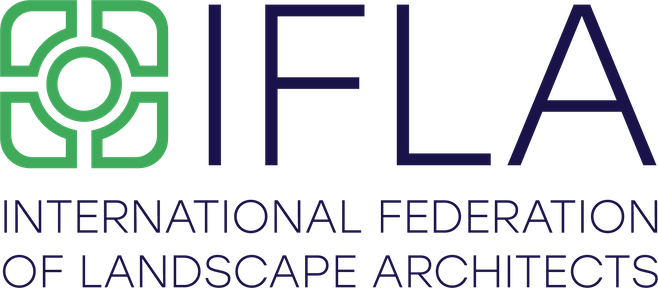Landscape Architects in the Conversation of; Adaptive Jakarta
19 landscape architectural master’s degree students from the National University of Singapore visited Jakarta for their semester long-studio’s field survey in early February 2020. This design studio aims to understand the complexity and drivers of the city, and provide adaptive landscape schemes to reimagine issues into opportunities, strength into strategies. In the course of site investigation, we collaborated with students from the University of Indonesia (department of Architecture), local architect, community members, and NPOs to gain inputs and insights. 5 days long process of site analysis ended up with a fruitful interactive dialogue session with all, to recap the socio-cultural uniqueness of Kampung living, and the dynamism of political, environmental and infrastructural situations revolving around the site. (To view the video on the thumbnail above - Click Here!)

Due to time constraints, students were split into 3 groups according to their focused scale: City Scale to understand the overall infrastructural networks and development patterns; Neighborhood Scale to analyze typologies of waterways, streets, and land-uses in West Jakarta; and Site Scale to unfold resident’s lifestyle, waste management and immediate issues through interviews. Additionally, drones, 360-degree cameras, and GoPros were intensely used for recording and measurement purposes.

According to Christophe Girot’s 4 principals of site investigation; landing, grounding, finding, and founding, student’s experience has just enough to complete the first part; To step outside their comfort zone into the complexities of metropolitan Jakarta to experience the ground conditions for themselves. Remaining 10 weeks will be dedicated to “unfold” the intricate characteristics, “discover” the potential areas in which landscape architecture can be leveraged on, and “propose” ways to restructure elements of the city into a series of resilient outcomes.
From the nature of the site condition, I don’t anticipate the outcomes to be solely a static spatial design. The design ideas should be heavily rooted the socio-cultural dynamics of the city, and in the form of bespoke spatial and social frameworks.
Source; Girot, C. (1999) ‘Chapter 3: Four Trace Concepts in Landscape Architecture’, in Corner, J. (ed.) Recovering landscape: essays in contemporary landscape architecture, New York: Princeton Architectural Press, 58–67.

